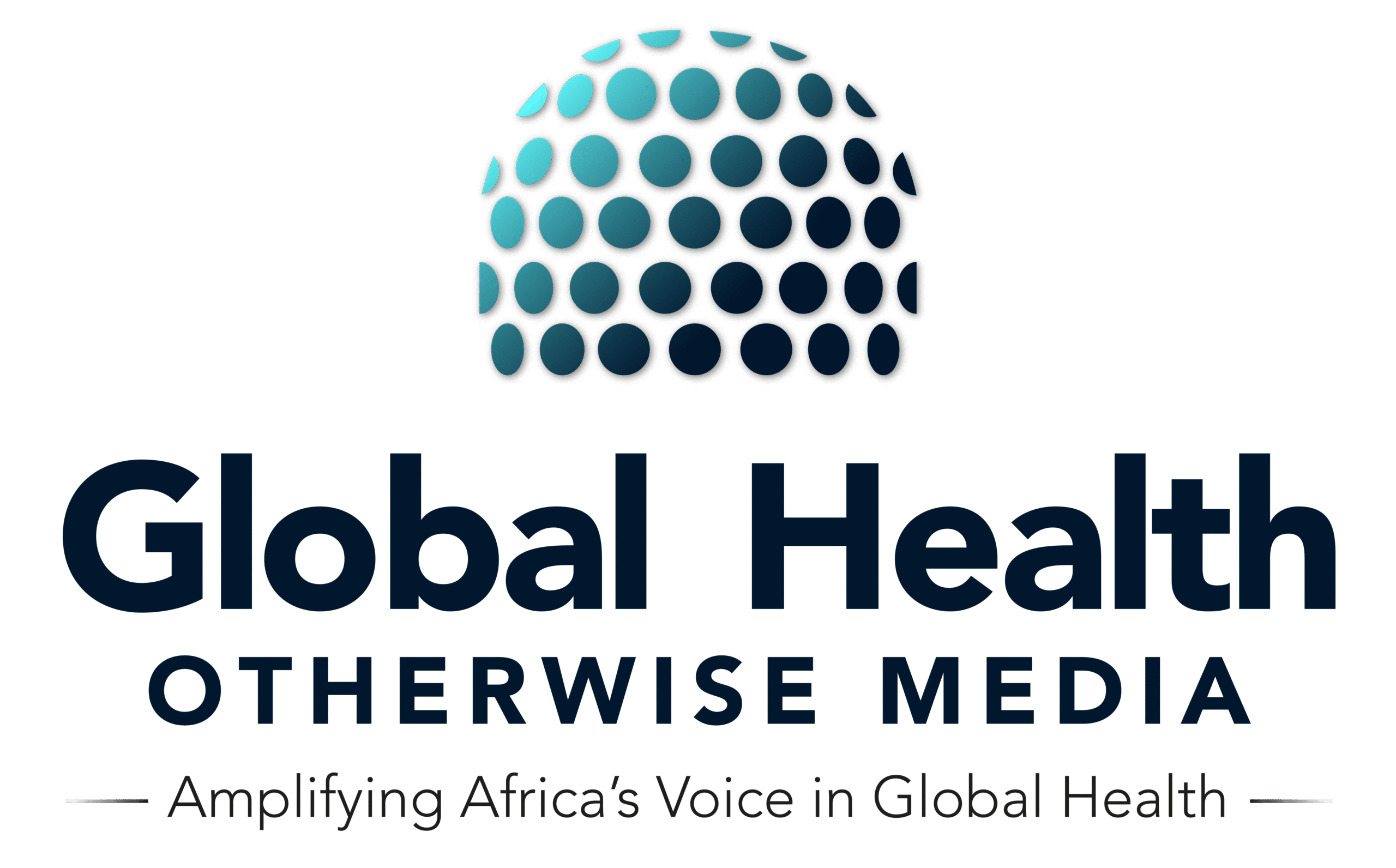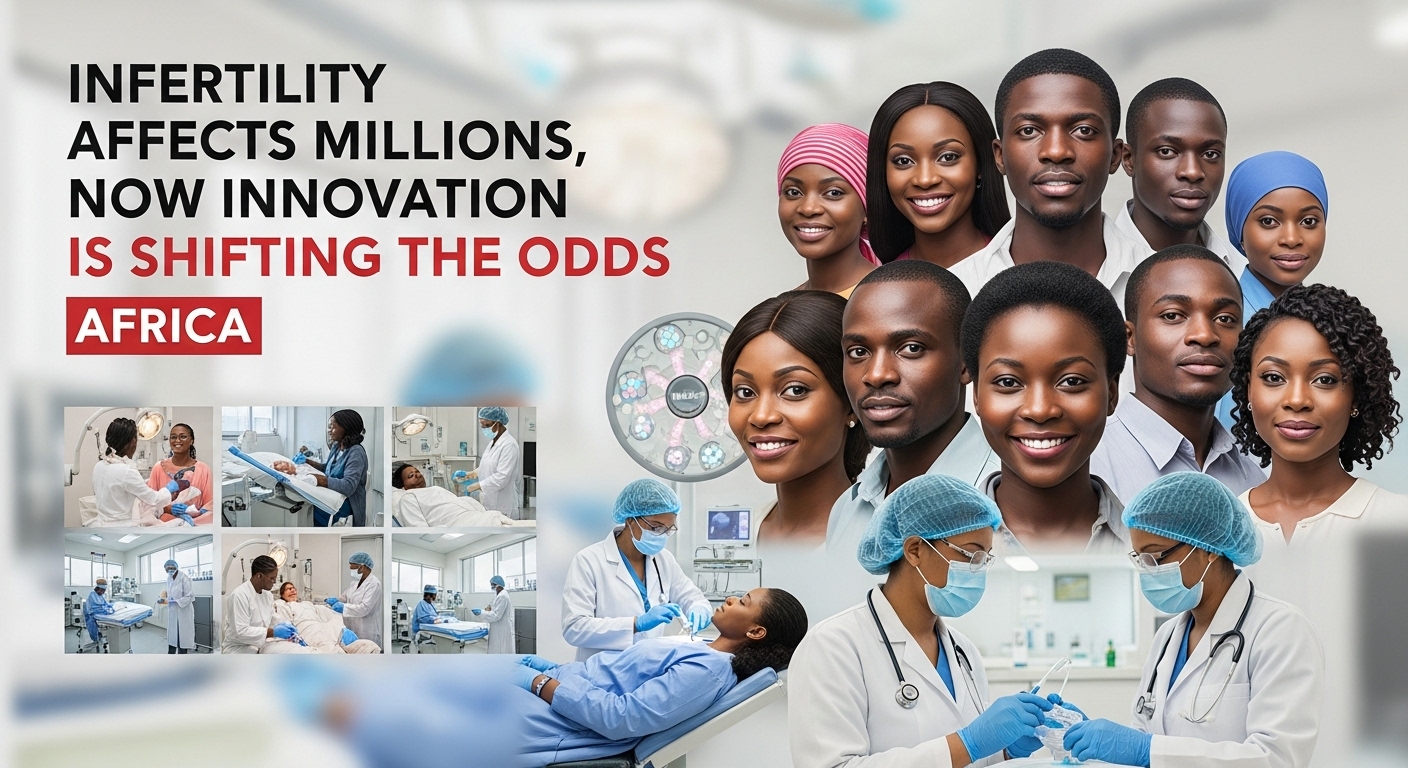For something so common, infertility remains one of the most whispered-about struggles in modern life. Behind closed doors, millions wrestle with the ache of negative test results, the pressure of failed procedures, and the deafening silence surrounding the very human desire to build a family.
The statistics are sobering. Roughly one in six people globally will face infertility a crisis not of rarity, but of recognition. Nevertheless, in most social and political spaces, this issue barely registers. Infertility is often treated as a personal misfortune, a private struggle, rather than what it truly is, a widespread health challenge shaped by biology, lifestyle, gender dynamics, and increasingly, technology.
Causes Among Women
For decades, the burden of fertility has disproportionately rested on women’s shoulders, with 40% of infertility cases being attributed to disorders in women. Female infertility is typically linked to a complex range of conditions, many of which make conception more challenging, but not impossible, especially with timely diagnosis, care, and support.
Some of the most frequently cited contributors include ovulatory disorders, such as Polycystic Ovary Syndrome (PCOS), which accounts for up to 25% of cases. PCOS involves a hormonal imbalance that disrupts the normal release of eggs and can manifest in irregular periods, excess facial or body hair, acne, or struggles with weight. Fallopian tube blockage or damage , often due to sexually transmitted infections like chlamydia or gonorrhea, or related complications from pelvic inflammatory disease (PID) which can prohibit the passage of the embryo from the ovary to the uterus, add another barrier to conception.
Endometriosis is another common yet often overlooked condition contributing to female infertility. It occurs when the tissue that normally lines the inside of the uterus begins to grow outside it or on the ovaries, fallopian tubes, or pelvic organs leading to intense pain, heavy menstruation, and complications with embryo implantation. Uterine abnormalities, such as fibroid formations or polyps, can further affect the uterus’ ability to carry a pregnancy. Some women experience premature ovarian insufficiency, when their ovaries lose their normal function before the age of 40, thus reducing their pool of healthy eggs much faster than expected. Age-related factors also come into play, with fertility naturally declining after age 35 as the number and quality of a woman’s eggs diminish. Lifestyle stressors and health disorders, including poor diet, heavy alcohol consumption, obesity, diabetes, or other health issues can further undermine a woman’s ability to conceive. While these contributors may seem intimidating, with proper care, lifestyle adjustments, medication, or assisted technologies, many women can go on to achieve their dream of starting a family. Support from health care providers, a strong community, and education can make a world of difference.
The Often-Overlooked Male Factor
While much policy and media discussion focus on women, 30% to 40%of infertility cases are due to male factors, yet just 5–10% of men undergo sperm testing. “It was one of the toughest moments of my life. It was like being told I’m not a real man,” Alon Neuman recalls following his diagnosis of lazy sperm which impedes their ability to reach and fertilize the woman’s eggs. This condition can be influenced by lifestyle factors such as heavy alcohol consumption, poor diet, stress, a sedentary lifestyle as well as health issues, sexually transmitted infections, varicocele, diabetes, medications, toxin exposure, or even genetic abnormalities.
Male infertility refers to any impairment in a man’s ability to contribute to conception. It is commonly linked to low sperm count, poor sperm quality, hormonal imbalances, or structural issues like varicocele and blockages. Contributing factors range from chronic health conditions and sexually transmitted infections to obesity, substance use, and exposure to harmful chemicals. In some cases, the exact cause remains unknown or results from a combination of influences. Still, many men have paths to parenthood through lifestyle changes, medical treatment, or assisted reproductive technologies, turning once-daunting challenges into stories of renewal and joy. Alon’s journey is one such story. After 13 IVF cycles, he and his wife finally conceived.
The Emotional and Financial Toll
Nonetheless, for many individuals and couples, the road to parenthood feels more like an uphill battle marked by disappointment, invasive procedures, financial strain, and emotional uncertainty. While in-vitro fertilization (IVF), first successfully performed in 1978 has transformed the fertility landscape, it is far from a guaranteed solution. The process involves extensive medication, repeated appointments, and a dramatic roller-coaster of hope and heartache.
“It’s a draining process- the waiting, the silence, the financial pressure, the numerous failed attempts. I was left with a $20,000 bill, a painful and bloated stomach… and no baby to show for it,” Efe Fruci narrates, reflecting on her own arduous experience with IVF.
The psychological toll is immense. Nearly 29% of women undergoing repeated IVF cycles experience symptoms of PTSD, highlighting just how deeply this process can affect mental health. Social rituals meant to celebrate life such as baby showers, gender reveals, birth announcements can become painful reminders of what remains out of reach. Similarly, moments that once brought joy now trigger waves of grief, loneliness, or shame.
These emotional challenges often play out silently. Many people withdraw from social gatherings, mask their pain, or navigate these moments with a brave face, all while privately wrestling with complex emotions that few truly understand. Recognizing this hidden struggle and responding with compassion, patience, and openness can make a meaningful difference.
Treatments Beyond IVF
While many think of IVF as the only solution, there are alternative treatments and lifestyle interventions that can aid conception. Hormone therapy can help regulate ovulation in women with disorders like PCOS. Surgery can address structural abnormalities in the Fallopian tubes or remove fibroid formations and polyps. Antioxidant supplements, lifestyle tweaks, stress reduction, and proper diet can improve both sperm and oocyte quality.
Furthermore, Intra uterine insemination (IUI) which involves placing healthy sperm directly into the uterus can aid cases where sperm struggle to reach their destination. Alternatively, sperm retrieval and freezing, using donor gametes, or adoption enable many to grow their families when traditional methods are not viable.
How AI Is Transforming Infertility Treatments
As technology continues to advance at an unprecedented pace, artificial intelligence (AI) is emerging as a game-changer in how we understand, diagnose, and treat infer. Traditionally, treatment decisions have relied heavily on a physician’s training and experience, an approach that, while valuable, can often involve trial and error. AI offers a new level of precision by analyzing vast amounts of data and identifying subtle patterns that humans might overlook.
For example, computer vision algorithms are now being used to assess sperm motility, morphology, and embryo development with far greater accuracy and consistency than manual observation. This data helps doctors make more-informed decisions, choosing the most viable embryos for transfer or customizing treatment plans and avoid a trial-and-factor approach.
“It’s more than a good sperm and a good egg, you need to account for many variables to maximize the chance of a healthy pregnancy. AI helps identify and rule out less-optimal protocols, guiding clinicians toward the best path forward, regardless of their experience,” say experts.
Turning Struggles into Renewal
While infertility can feel overwhelming and isolating, technological innovations, growing awareness, and a deepening understanding of the condition are reshaping the future for prospective parents. The combination of advanced diagnostics, lifestyle interventions, assisted technologies, and data powered by artificial intelligence offers greater hope for turning struggles into stories of renewal, resilience, and new life. Every step forward brings us closer to a world where the dream of growing a family is within reach.



